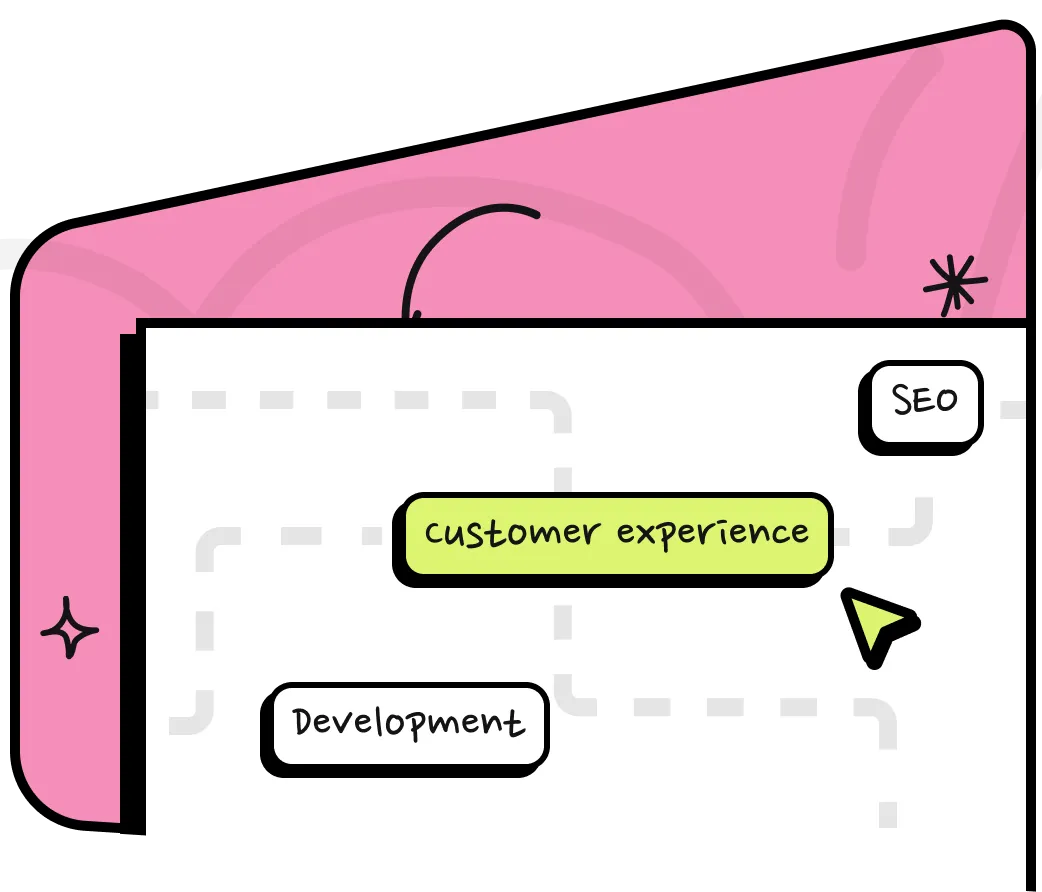Awards & Recognition
We are proud to be recognized for our excellence by important publications around the world.










Server migration involves moving your website, data, applications, and all related configurations from one server to another. It could involve shifting from physical servers to virtual ones, moving to cloud hosting, or switching between different hosting providers.






Tools & Technologies We Use for Server Migration
We seamlessly migrate websites, apps, and databases across servers and cloud platforms, ensuring zero downtime, data integrity, and performance optimization.





We begin by evaluating your existing server setup, identifying dependencies, and creating a detailed migration plan to ensure a smooth, zero-downtime transition.
Before migration, we prepare the new server environment, configure necessary services, and create full backups to ensure data integrity and rollback safety.
We securely migrate your websites, databases, apps, and configurations, whether it’s cPanel, Plesk, or a custom setup, while testing each component along the way.
"Our complete server migration was handled smoothly with zero disruption. They planned every step, executed flawlessly, and made the transition faster than we expected. Exceptional professionalism."
"We migrated from a shared hosting environment to a dedicated server, and the entire process was stress-free. Their team ensured no data loss, optimized everything, and improved our site speed dramatically."
Data, applications, and workloads are migrated to cloud infrastructure for greater scalability, remote access, and cost-effectiveness.
Shifting data between servers while maintaining application integrity is essential for upgrading storage solutions or consolidating databases.
Moving websites, applications, and databases from one server to another with zero downtime—includes DNS updates and platform compatibility checks.



Sovanza stands out as a leader in server migration services in the USA. With a proven history of creating user-focused, high-performing applications, we are dedicated to supporting businesses in reaching their digital objectives. Our team’s expertise and customer-focused approach ensure that every app we develop is tailored to meet your needs.




Smooth and secure server migration services require careful planning, real-time monitoring, minimal downtime, full data integrity, and post-migration optimization to ensure everything runs perfectly in the new environment.
We migrate files, databases, apps, and configurations with precision—ensuring nothing is lost or misconfigured in the process.
Our team performs a detailed audit of your current setup to plan the best migration path and prevent compatibility issues.
We schedule and execute migrations during off-peak hours and use smart syncing methods to keep your services live and uninterrupted.
All data is encrypted during transfer, and post-migration checks confirm that permissions, dependencies, and connections are intact.
Designed to cover essential features with a focus on simplicity and functionality.
Built for scalable, high-performance projects with advanced features.
Tailored for large, fully customized solutions with advanced security and infrastructure.
Can’t find what you’re looking for? don’t hesitate to reach out!
We focus on physical-to-virtual migration (P2V), cloud transitions, and data migration customized to meet your business requirements
Our expert team precisely plans and executes the migration, using best practices to ensure your operations stay up and running.
Indeed, we emphasize data security and guarantee that all your information is backed up and encrypted throughout the migration process to safeguard it against possible loss or breaches. guaranteeing that all parties meet their commitments as specified.
Your unique requirements and the intricacy of your setup influence the schedule. We collaborate with you to establish achievable expectations and guarantee a quick migration.
We are proud to be recognized for our excellence by important publications around the world.




We have expertly built Server migration services that have transformed customer experiences across global brands. Discover some of our intelligent solutions trusted by millions of users worldwide.
Getting started is simple. Contact Sovanza to arrange an initial consultation.